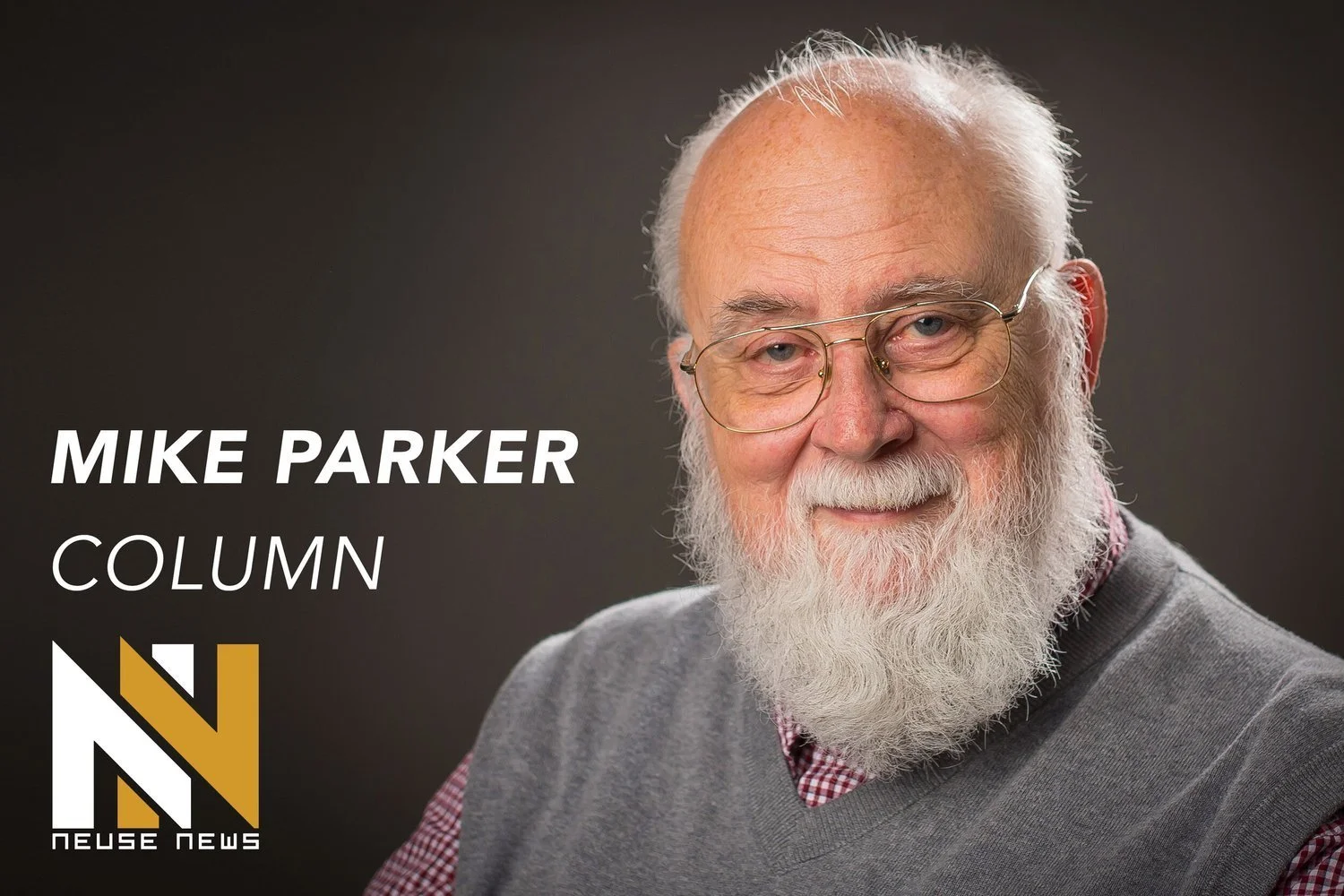Mike Parker: N.C.’s first governor to be celebrated Saturday, Nov. 18
The life and times of Gov. Richard Caswell will be the subject of a celebration planned for Saturday, Nov. 18, at the Gov. Richard Caswell Memorial in Kinston. This living history will highlight Caswell’s long service as a political and military leader – both when North Carolina was a British Colony and later as a fledgling state.
The event will take place from 10 a.m. until 3 p.m. Members of the Dobbs County Militia and the 3rd North Carolina Continental Line reenactment groups will portray camp life and present musket and cannon firing demonstrations of the Revolutionary War period.
The Governor Caswell Memorial is dedicated to North Carolina’s first governor. The memorial includes Revolutionary War era artifacts, Caswell family heirlooms, and exhibits about Caswell’s life. The memorial park is even located on property once owned by the Caswell family.
Richard Caswell is the central figure in Kinston’s founding and early history and the link that ties its early history together. He was prominent politically and historically and essential in the history of Kinston’s founding families.
Take a look at the original street names at the founding of Kinston. Seven family names were honored for their efforts to establish Kinston: Dobbs, Caswell, Herritage, Mackilwean, Gordon, Bright, and Shine. The family name Mackilwean is currently spelled McLewean on Kinston maps. Today’s Independence Street was originally Dobbs Street. When Kinston was founded in 1762, the town was named “Kingston,” but after the Revolutionary War, the citizens dropped the “g” to give us today’s Kinston.
Caswell was perhaps the most significant influence on the city, but three other influential families were all related to him through marriage – Herritage, Mackilwean, and Shine. So, Richard Caswell is central to the entire story and ties the events of the founding of Kinston together.
Caswell was born into a politically influential family in Maryland, where his father, Richard Caswell Sr., served in the General Assembly. This political connection gave Richard a political head start in North Carolina when, in 1746, 17-year-old Richard and his brother William arrived in North Carolina with a letter of introduction from the Governor of Maryland to Governor Gabriel Johnston of North Carolina.
Gov. Johnston appointed young Caswell to serve as an apprentice to Surveyor General James Mackilwean. The long association with this other influential family created a lasting impact. The teenager would spend the next two years living with the Mackilwean family at their 850-acre Tower Hill plantation while he was learning the art of surveying.
Surveying was a lucrative profession, and Caswell became wealthy from it. Richard Caswell owned more than 58,000 acres of land at his death, including thousands of acres as far west as Tennessee and the Mississippi River. He was the largest landholder in Lenoir County.
Two years after he arrived in North Carolina, and while still a teenager, he obtained a grant of 85 acres in present-day Kinston for his parents. He called the property “The Hill,” but for years, people knew the area better as “Vernon Hall,” the site of today’s Bentley, a bed and breakfast with historical significance.
Caswell advanced rapidly politically and socially. Between 1748, when he was only 19 years old, and 1762, when he proposed the bill for the creation of Kinston, Richard Caswell held the offices of Clerk of the Court of Johnston County, lieutenant in command of a troop of militia cavalry in Johnston County, Deputy Surveyor of North Carolina, Clerk of the Court of Orange County, Sheriff of Johnston County, and member of the General Assembly. He also became an attorney.
How could one man hold public offices in counties during this relatively short period?
The answer is that county lines continually changed during the last half of the 18th century as larger counties split into smaller ones. As a result, Caswell would hold office in Orange, Johnston, Dobbs, and Lenoir counties during his lifetime, even though he lived in the same place.
During this time, he married twice. In 1752, he returned to Tower Hill to marry General James Mackilwean’s daughter Mary, by whom he had three children. Two of these children died within a year. After Mary’s death, Caswell married William Herritage’s daughter Sarah, by whom he had eight children. All but the last of these children lived long lives.
I have given just a brief overview of the early years of Richard Caswell’s life, courtesy of research Dr. Donald Collins of East Carolina shared with me. Richard Caswell’s story becomes richer as we study it.
Start your study this coming Saturday. The Governor Richard Caswell Memorial is located at 2612 West Vernon Ave., Kinston, N.C., and is open Friday, 10 a.m. until 2 p.m., and Saturday, 10 a.m. until 4 p.m. Admission is free.
For additional information, please call the CSS Neuse Museum at (252) 526-9600 x221. The CSS Neuse Center and the Richard Caswell Memorial are within the Division of State Historic Sites in the N.C. Department of Natural and Cultural Resources.
Neuse News is a locally-owned small business startup in downtown Kinston. Our goal is to provide free, hyper-local news to Lenoir, Greene and Jones counties. The kind of news our grandparents read in a format fit for today's times.
We provide this by having supportive advertisers and we encourage you to click on their ads, shop with them, and eat with them. Every bit of financial support is important to help us sustain free, hyper-local news.
Please consider supporting Neuse News with as little as $5 one-time or via a monthly option. Every little bit helps us, help you.



